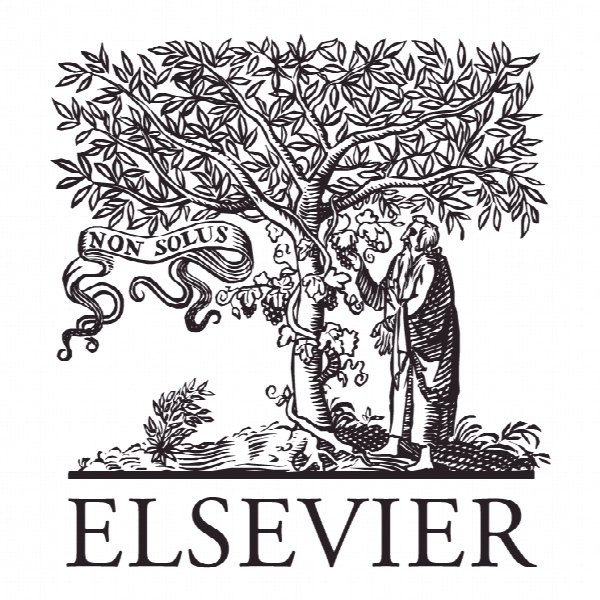چشم انداز ارزیابی ایجاد همکاری در پلت فرم همکاری شبکه Evaluation of co-creation perspective in networked collaboration platforms
- نوع فایل : کتاب
- زبان : انگلیسی
- ناشر : Elsevier
- چاپ و سال / کشور: 2017
توضیحات
رشته های مرتبط مدیریت
مجله تحقیقات بازاریابی – Journal of Business Research
دانشگاه موسسه فن آوری های دیجیتال، Mykolas Romermeris، لیتوانی
نشریه نشریه الزویر
مجله تحقیقات بازاریابی – Journal of Business Research
دانشگاه موسسه فن آوری های دیجیتال، Mykolas Romermeris، لیتوانی
نشریه نشریه الزویر
Description
1. Introduction Increased connectivity, low-cost mobile devices, and the use of social media have radically changed users’ behavior everywhere and have the potential to affect the development of products and services. The shift of customer role in the value creation process inspires many authors (e.g., Baron, Patterson, & Harris, 2006; Cova & Dalli, 2008; Gummesson, Lusch, & Vargo, 2010; Prahalad & Ramaswamy, 2004a, 2004b) to analyze the meaning and nature of such processes. In a very basic sense, co-creation is the process of involvement of end-users in the development of services and products (Allen, Tanev & Bailetti, 2009). In a broader sense, co-creation relates to the growing discussion and the urge of civic participation in social and political processes (Alves, 2013; Magno & Cassia, 2015; Nambisan & Nambisan, 2013; Wise, Paton, & Gegenhuber, 2012). The concept of co-creation relates with many other existing conceptualizations such as open innovation (Chesbrough, 2006), collective intelligence (Malone, Laubacher, & Dellarocas, 2010), crowdsourcing (Howe, 2008), wisdom of crowds (Surowiecki, 2004), wikinomics (Tapscott & Williams, 2006), and service-dominant logic (Vargo & Lusch, 2008). Exploitation of online media potential to leverage connectivity, responsiveness, creativity, and innovation and co-creation with stakeholders is common for these paradigms (Wise et al., 2012). The new channels of communication and information flow enable innovative involvement of broader groups of people in collaborative activities in shorter amounts of time. The growing amount of literature dedicated to the discussion of co-creation frameworks, instruments, and processes (Allen, Bailetti & Tanev, 2009; Devasirvatham, 2012; Frow & Payne, 2012; Hakanen & Jaakkola, 2012; Kohler, Fueller, Matzler, & Stieger, 2011; Saarijärvi, Kannan, & Kuusela, 2013) highlights the trend. Nowadays, researchers regard co-creation as an organizationcurated platform enabling participation and providing opportunities for customers and businesses to create experiences. The science community highlights the need for research methodology that combines different research approaches for studying the nature of co-creation in different contexts. As Gouillart (2012, p. 2) argues, “the problem is that this cocreation requires some a priori conceptualization of which internal and external people need to work together, what they want to do together, and what value they will create as a new community.” This study provides the first attempt to establish a theoretical framework for Co-creation Index methodology. The use of a theoretical study of the literature on co-creation and empirical analysis of collaboration platforms in Lithuania lead to the development of set of dimensions and indicators associated with preconditions for co-creation. Determination of mathematical values for index dimensions allows the analysis and comparison of collaboration platforms. The evaluation results provide information about the limits of CI system and delimit the actions imperative to overcome these limitations.


